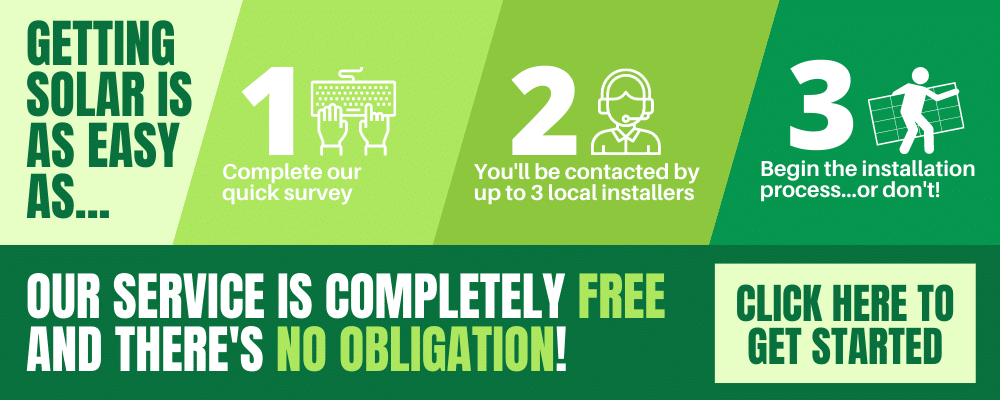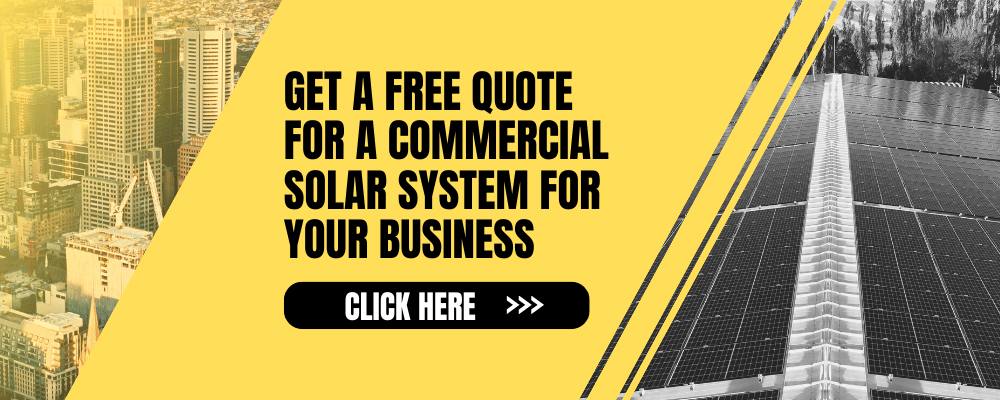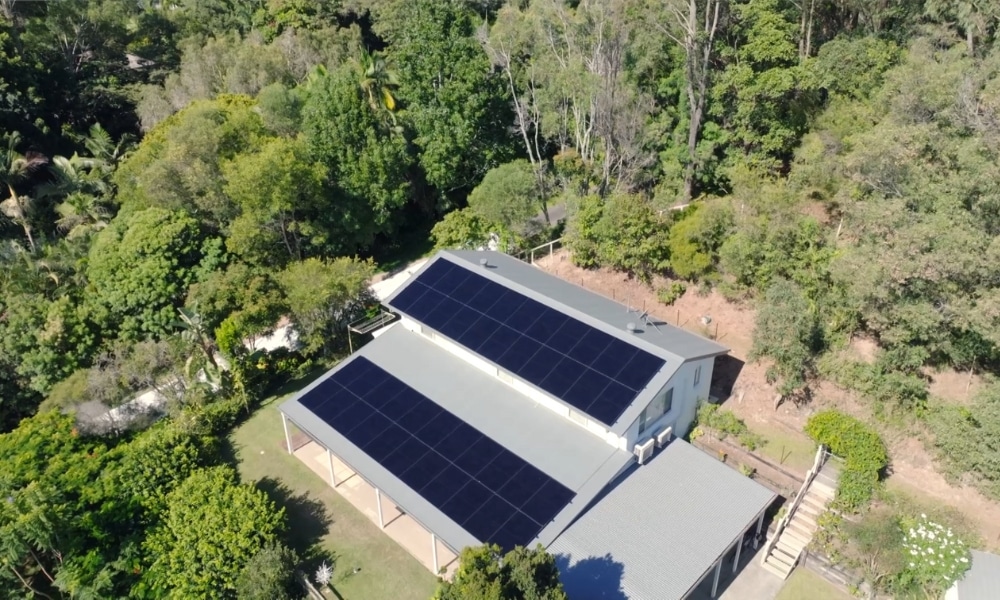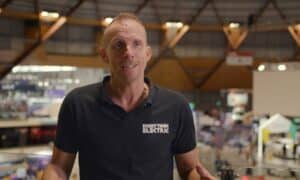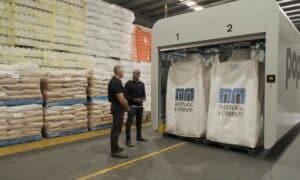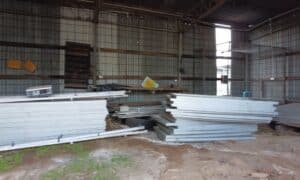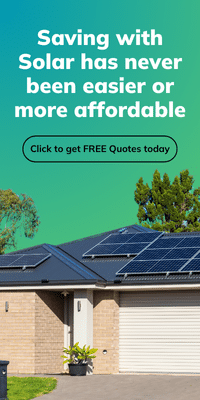Roshan Ramnarain’s home in the Gold Coast Hinterland isn’t just net zero; it’s carbon positive, giving more than it takes. Featured in Episode 8 of Energy Matters, his property shows what’s possible when smart tech meets climate-conscious living. From composting and tree planting to ditching gas and offsetting flights, Roshan has taken a whole-of-home approach to reducing emissions.
At the heart of it all? A high-performance solar and battery system featuring AIKO panels and a GoodWe inverter plus batteries – slashing bills and carbon in one hit. Here’s how his journey can inspire yours.
What is a carbon positive home?
A carbon positive home doesn’t just reduce emissions, it actively offsets them. These homes generate more clean energy than they use, and they may also absorb carbon through trees, gardens, or regenerative design features.
Roshan’s home shows exactly what this looks like in practice. He caught up with David Cobb from Auswell Energy, the installers of his system, in Episode 79 of the Road to ZERO Podcast.
“Being carbon positive is an amazing feeling… but there is still so much more to do,” stated Roshan.
Roshan’s setup: built for now, ready for the future
Roshan’s home is in Queensland’s hinterland, where blackouts are common and the weather is getting wilder. He worked with Auswell Energy to create an all-electric, self-sufficient system that includes:
- 20kW of AIKO solar panels (44 panels total)
- 38.4kWh of GoodWe Lynx F G2 battery storage
- GoodWe EHB hybrid inverter with blackout protection
The result? His home generates far more energy than it uses, even during cloud cover or outages.
“We’ve had four blackouts since install. We only noticed because Netflix cut out for a second, the lights never flickered.”
Why AIKO and GoodWe?
Roshan picked the technology after visiting both manufacturers in China during the filming of Energy Matters. He saw firsthand the quality control, R&D, and innovation behind the brands.
“For me, it was just peace of mind… I chose that tech above all others.”
AIKO solar panels
AIKO panels are leading the pack with their All Back Contact (ABC) cell technology, which eliminates front-side busbars for a sleeker look and higher efficiency. This design allows more sunlight to be captured and converted, even in tricky conditions like partial shading or non-north-facing rooftops.
For homes like Roshan’s – surrounded by trees and with mixed roof orientations – that performance matters.
The Neo Green NeoStar 2S54 Mono Glass panel, a popular choice in Australia, delivers up to 23.6% efficiency and uses n-type ABC cells for long-term reliability and superior low-light performance. These panels also meet TÜV Rheinland’s Carbon Footprint Certification, making them ideal for carbon-conscious households.
Aesthetically, their all-black finish helps them blend into rooftops for a clean, modern look; a bonus if your household values both form and function.
GoodWe EHB inverter + Lynx F G2 batteries
The GoodWe EHB hybrid inverter installed at Roshan’s home is designed for flexibility and resilience. It can intelligently manage solar, grid, and battery input, and it includes built-in blackout protection, so power keeps flowing during outages.
Combined with GoodWe Lynx F G2 batteries, which are stackable in 3.2kWh modules, the system can scale to meet changing energy needs. Roshan opted for 38.5kWh of storage, ensuring multiple days of backup during poor weather or grid failure.
These batteries are known for:
- Fast response during outages
- High cycle life and long warranty
- Smart energy management via the GoodWe SEMS Portal
“GoodWe started at the low end…now they’re a premium option with bankability and rock-solid support,” stated David Cobb.
With solid manufacturer backing and local support, GoodWe has evolved into a top-tier choice for homeowners wanting reliability, performance, and value – especially when paired with battery storage.
Five steps to go from carbon neutral to carbon positive
Roshan didn’t just slap panels on a roof and call it a day. He designed a strategy for electrification, efficiency, and self-reliance. You don’t need 20kW of solar and 200 trees to get started – here’s how anyone can start the journey.
1. Electrify everything: kick gas to the kerb
The first step to carbon positivity is switching from fossil fuels to electricity, ideally powered by your own solar. This is known as electrification.
Roshan’s approach:
- Runs a fully electric household – no gas
- Added air conditioning to future-proof for hotter summers
- Plans for aquaponics and food production, powered by solar
What you can do:
- Switch to an electric heat pump hot water system – far more efficient than gas
- Upgrade to an induction cooktop – cleaner, safer, faster cooking
- Replace gas heating with reverse cycle air con – efficient cooling and heating in one
- Use electric vehicles or e-bikes if you have access
- Ditch the old appliances – inefficient fridges, dryers, and washing machines chew through power
If you’re in NSW, VIC, or SA, there are often rebates to help cover the cost of these upgrades.
2. Go big on solar: use your roof as a power station
The sun doesn’t send bills. Make the most of your roof space and install a system sized for your future needs, not just your current ones.
Roshan’s approach:
- Installed 20kW of AIKO solar to power current and future energy use
- Chose All Back Contact (ABC) panel tech for higher output, even with partial shade
- System regularly produces 70–80kWh per day
What you can do:
- Install the biggest system your roof, budget, and DNSP limits allow
- Choose premium panels if you can; they last longer and perform better in low light
- East-west roof? No worries. Spread panels to capture more of the day
- Not ready for batteries? Export excess to the grid or preheat your water during the day
- Check your feed-in tariff and switch providers if it’s too low
Tip: Use solar to time-shift your loads; run the dishwasher, washing machine, and hot water during sunny hours.
3. Add battery storage: keep the lights on and the bills down
Batteries store solar energy for use at night, during peak rates, or a blackout. For carbon positive homes, they’re key to reducing grid reliance and maximising solar usage.
Roshan’s setup:
- Installed 38.4kWh of GoodWe Lynx F G2 batteries
- Uses GoodWe EHB hybrid inverter with blackout protection
- Experienced multiple blackouts since and didn’t even notice
What you can do:
- Start small if your budget doesn’t allow for a large system upfront. The GoodWe Lynx battery is modular (3.2kWh blocks), so you can build over time
- Use a hybrid inverter from the outset, even if you can’t afford batteries yet
- Look for backup capability. Not all systems provide it by default
- Use battery power overnight to avoid peak rates
- Check for federal and state battery rebates to bring down upfront costs
“Return on investment with battery storage is better than it’s ever been,” said David Cobb
4. Plan for blackouts: future-proof your lifestyle
As the grid gets more strained, blackouts are becoming more common, even in metro areas. Your solar setup should not leave you in the dark.
Roshan’s reality:
- Experienced a 9-day blackout during a cyclone – before solar install
- Sized his system with resilience in mind
- Now has energy independence for multiple days, even in bad weather
What you can do:
- Ask your installer if your system will still run during a blackout (many don’t!)
- Invest in a system with island mode or blackout protection
- Add enough battery storage for multiple days of autonomy if you’re in blackout-prone areas
- Use smart home tech to automatically shed non-essential loads during outages
- Keep an emergency backup plan: torches, solar lights, and battery banks for devices
5. Offset the rest: go beyond the roof
If you’ve reduced what you can, offset the remainder. Some households, like Roshan’s, go even further and become a carbon sink – absorbing more emissions than they produce.
Roshan’s setup:
- Over 200 trees on his small acreage property
- Plans for aquaponics, growing food, and increased self-sufficiency
- Home already exceeds its own needs and gives back to the grid
What you can do:
- Plant trees if you have the space. Native species are best
- Grow your own veggies or herbs to cut food emissions
- Buy verified carbon offsets from reputable Australian schemes
- Compost food scraps to cut methane
- Rewild your garden. Ditch the grass, add biodiversity
- Go for energy-saving behaviour:
- Switch the lights off
- Limit clothes dryer use
- Only run full dishwasher loads
Even in an apartment, you can take steps to reduce your emissions and support a cleaner grid.
Use the Energy Matters carbon footprint calculator
Not sure where you stand? Use our Carbon Footprint Calculator to get a snapshot of your household’s impact.
You’ll learn:
- Your current emissions
- Which areas are most carbon-heavy
- Where you can make the biggest cuts
From there, you can set goals and track your progress, whether you’re going net zero or carbon positive.
The takeaway
You don’t need a mansion in the hinterland to build a better future. Roshan’s home shows what’s possible and how smart planning, the right tech, and everyday choices can put you in control.
Whether you’re just starting with a few solar panels or dreaming of full electrification, every step helps. Your home can be part of the climate solution.







